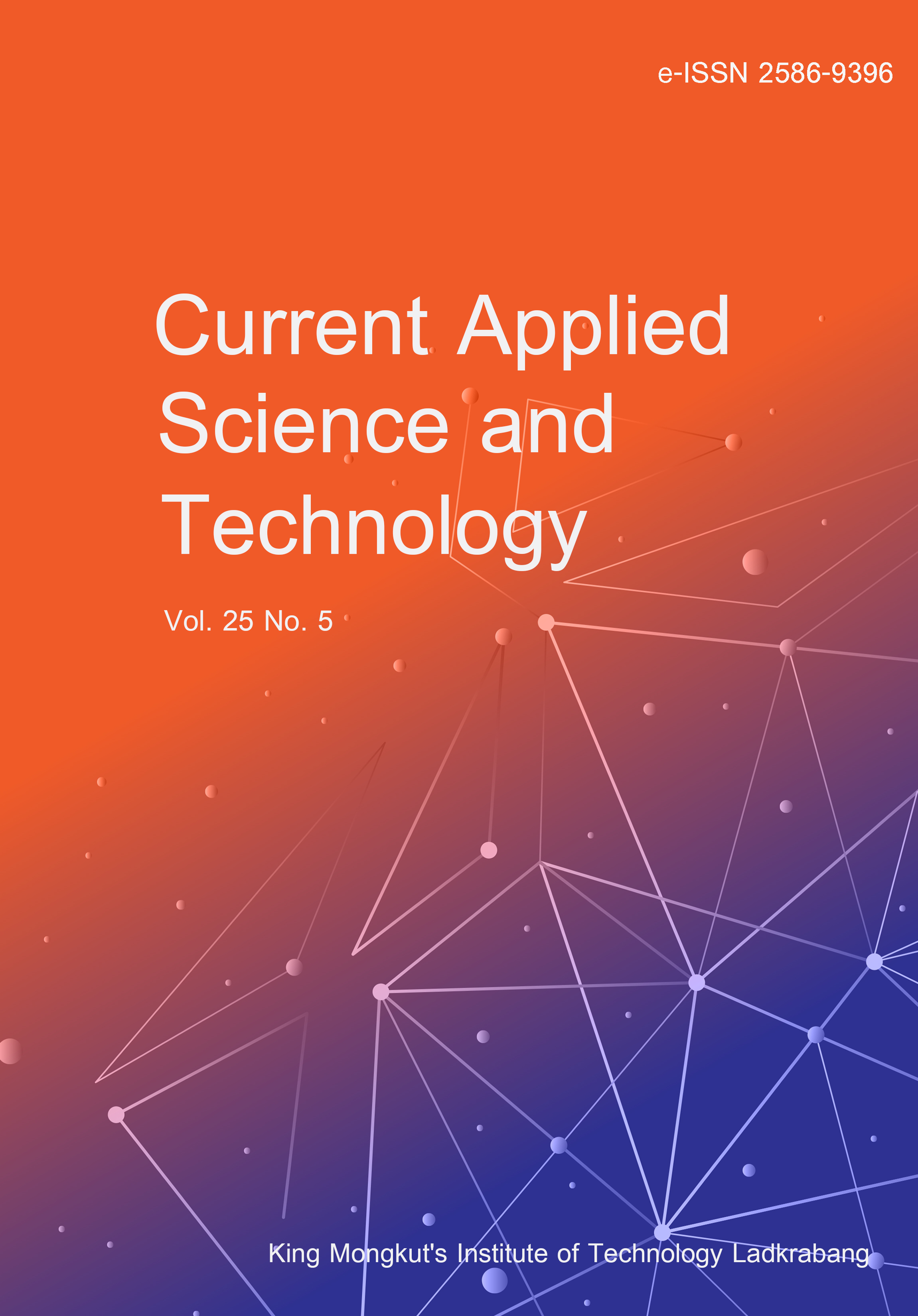The rampant usage of non-biodegradable materials and in particular conventional plastics hampers the ecological balance and poses environmental hazards. Conventional plastics persist in the environment for long periods due to their resistance to degradation, contributing to pollution and health risks. There is an urgent need for sustainable and biodegradable alternatives to mitigate these issues. Polyhydroxyalkanoate (PHA) is gaining attraction as a potential replacement for non-biodegradable polymers due to rising awareness of global environmental concerns. Microbial plastics have physicochemical properties like petrochemical plastics. These biopolymers usually comprise hydroxy-acyl-CoA derivatives and are synthesized from fatty acid metabolic pathways. Microbial plastics are present as storage granules that accumulate intracellularly in microorganisms. However, the physicochemical properties of these bioplastics vary depending on the microbial origin and synthesis mechanism. Numerous multidisciplinary scientific approaches have been used to elucidate various aspects of microbial bioplastics. PHA has promising potential applications in a variety of industries as well as in the medical field. However, the high production cost of PHA has been a significant disadvantage. Therefore, scientists have recently developed transgenic plants containing microbial PHA biosynthesis genes to lower the cost of the polymer. Further effort is required in this regard to increase the production of bioplastics for the successful replacement of non-biodegradable plastics. This review seeks to address these challenges by examining microbial bioplastic synthesis and degradation mechanisms, particularly PHAs, and exploring their industrial and therapeutic applications. It aims to provide insights into current limitations and propose strategies for overcoming them to establish microbial bioplastics as a viable and sustainable alternative to conventional plastics.
Muralikrishnan, T. undefined. ., Unnikrishnan, S. undefined. ., & Ramalingam, K. . (2025). Microbial Plastics: Structure, Engineering, Applications, Degradation, and Future Scope of Sustainable Bioplastics. CURRENT APPLIED SCIENCE AND TECHNOLOGY, e0263545. https://doi.org/10.55003/cast.2025.263545

